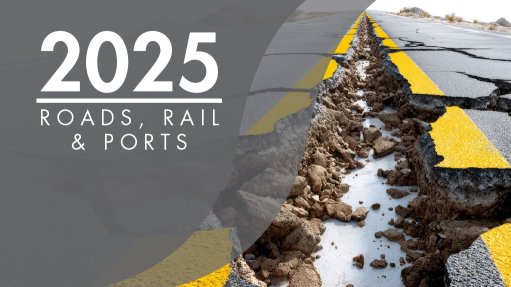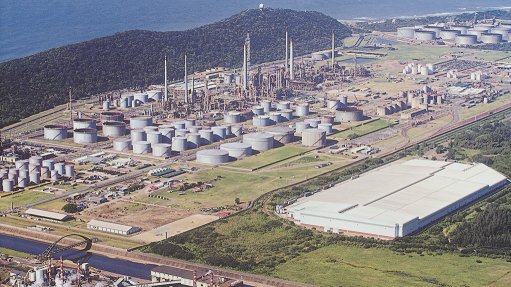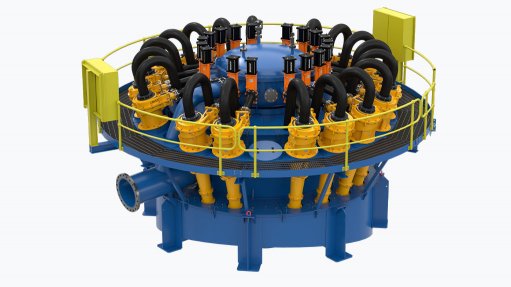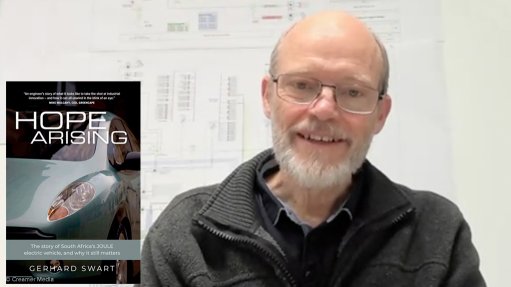Digital technology adoption essential to protect borders both today and tomorrow
African countries have to emulate those in other parts of the world and adopt the latest technologies for border control, safety and security purposes, particularly regarding air travel. This was highlighted by global aviation IT-technologies and solutions group SITA director: industry and innovation Andy Smith.
“Global travelling is booming again while at the same time border threats are increasing,” he highlighted. “This dual problem is putting government border agencies under tremendous pressure: they need to maintain national security while providing smooth and efficient travel flows. Yet outdated manual and analogue systems cannot keep up. This is where modern border tech comes in. Today’s modern digital platforms bring together travel authorisations, biometrics and real-time risk checks to keep things secure and moving fast.”
Echoing the famous African wildlife tourism hook of The Big Five (Elephants, Rhinos, Buffaloes, Lions and Leopards), he asserted that governments now faced a Big Five of challenges regarding control of their borders. The Big Five border challenges were – having to do more with less; keeping abreast of changing international rules and regulations; keeping ahead of health risks; handling mass migration or population displacement; and countering organised crime.
Doing more with less was the result of tight budgets and limited personnel, often using obsolete technologies, while the numbers of travellers were continually increasing. “Digital tools help address these problems,” he affirmed. These tools included online electronic travel authorisations and e-visas, Advanced Passenger Processing (APP), and biometric automated border control gates and kiosks. “The results are lower costs, faster passenger processing, stronger security and smoother traveller journeys through airport and cruise terminal passport checkpoints.”
There are a plethora of international rules and regulations that have to be kept abreast of. These include those of the intergovernmental International Civil Aviation Organisation, the EU’s General Data Protection Regulation and entry/exit system, as well as standards such as the International Air Transport Association’s One ID. “Rigid systems cannot keep pace. But more flexible digital ones can,” he pointed out. “Dynamic Advance Passenger Processing lets governments change entry criteria easily and share information with airlines to approve or deny boarding based on identity, documentation and risk profiles.”
“Covid-19 showed just how vulnerable manual border checks can be,” he noted. “Now, digital systems are built with health in mind.”
Border agencies also need to be able to handle sudden and mass surges in population movement, caused by natural disasters, economic crises or war, while also maintaining caring and respectful treatment of the people involved. Digital tools, such as Electronic Travel Authorisations (ETAs) and biometric sensors at arrival points, make this possible.
“Transnational Criminal Organisations exploit border weaknesses to illicitly move drugs, weapons, counterfeit goods and to traffic people. Manual checks alone can’t stop them,” cautioned Smith. “Digital platforms offer a smarter defence. Governments can conduct real-time risk profiling using Passenger Name record data, APP integration with watchlists, biometric collection with ETAs, and travel histories to flag suspicious travellers.”
Going digital, he affirmed, was not just an upgrade. “It’s a whole new strategic way of thinking about modern borders – built for today but ready for tomorrow.”
Article Enquiry
Email Article
Save Article
Feedback
To advertise email advertising@creamermedia.co.za or click here
Comments
Press Office
Announcements
What's On
Subscribe to improve your user experience...
Option 1 (equivalent of R125 a month):
Receive a weekly copy of Creamer Media's Engineering News & Mining Weekly magazine
(print copy for those in South Africa and e-magazine for those outside of South Africa)
Receive daily email newsletters
Access to full search results
Access archive of magazine back copies
Access to Projects in Progress
Access to ONE Research Report of your choice in PDF format
Option 2 (equivalent of R375 a month):
All benefits from Option 1
PLUS
Access to Creamer Media's Research Channel Africa for ALL Research Reports, in PDF format, on various industrial and mining sectors
including Electricity; Water; Energy Transition; Hydrogen; Roads, Rail and Ports; Coal; Gold; Platinum; Battery Metals; etc.
Already a subscriber?
Forgotten your password?
Receive weekly copy of Creamer Media's Engineering News & Mining Weekly magazine (print copy for those in South Africa and e-magazine for those outside of South Africa)
➕
Recieve daily email newsletters
➕
Access to full search results
➕
Access archive of magazine back copies
➕
Access to Projects in Progress
➕
Access to ONE Research Report of your choice in PDF format
RESEARCH CHANNEL AFRICA
R4500 (equivalent of R375 a month)
SUBSCRIBEAll benefits from Option 1
➕
Access to Creamer Media's Research Channel Africa for ALL Research Reports on various industrial and mining sectors, in PDF format, including on:
Electricity
➕
Water
➕
Energy Transition
➕
Hydrogen
➕
Roads, Rail and Ports
➕
Coal
➕
Gold
➕
Platinum
➕
Battery Metals
➕
etc.
Receive all benefits from Option 1 or Option 2 delivered to numerous people at your company
➕
Multiple User names and Passwords for simultaneous log-ins
➕
Intranet integration access to all in your organisation


















